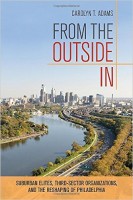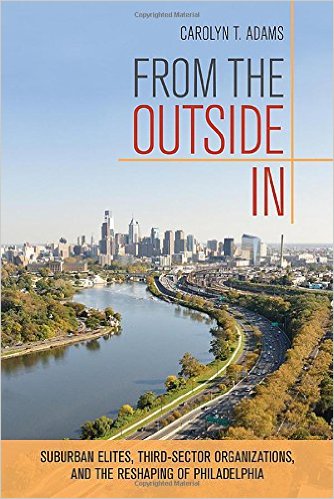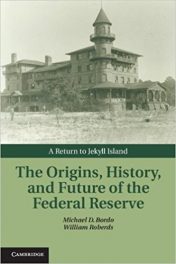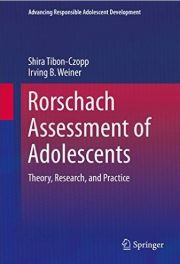 Author: Carolyn T. Adams
Author: Carolyn T. Adams
Publisher: Cornell University Press – 217 pages
Book Review by: Deekay Daulat
Many of you have probably read about the city-suburbs poverty-wealth divide wherein members of one segment of a given region (often termed “inner city” residents) cannot seem to be able to move up the economic ladder while the others (upwardly-mobile suburbanites) have moved well ahead and enjoy higher standards of living.
This book discusses that issue but it also presents solutions, such as the efforts and actions over the last 15 years or so, of people in the suburbs of Philadelphia to help reduce the economic impact of the outflow of people from that city.
As people move out of some urban areas within large cities such as Philadelphia, they take away tax revenues that the city governments need to provide education, health, judicial, law enforcement, transportation, traffic management, and other services, the author Carolyn Adams explains.
When the outflows of people from the inner areas of cities into the suburbs become larger, companies, stores and other types of businesses also move to the suburbs, in order to sustain themselves economically. Economic decline in some pockets of large metro centers typically sets in, but in some cases, it does not need to last long because through creative solutions (such as the ones the author provides) the nature of economic activity can be changed, and its level raised.
Philadelphia like many large and old U.S. cities was once a manufacturing center that grew during the nineteenth century. In that city there were factories where people worked, warehouses where goods were stored, rail yards through which the manufactured goods were transported, and apartments spread outside of the central business district where the workers lived.
And along with all these, facilities cropped up in that city such as grocery stores where residents bought food and other needs, restaurants where they went to eat, stores where they shopped, theaters where they went for entertainment, and so on. As time went by, farther away from the center sprang up “leafy streetcar suburbs sprang up on the north and west sides of the city to house families whose workers commuted daily to downtown business.” But this did not last forever and the character of the city eventually changed.
What happened? The author writes: “The city’s industrial decline in the second half of the twentieth century closed a devastating share of its manufacturing plants, leaving whole neighborhoods without their traditional economic base and forcing the city to rely primarily on its downtown offices and accompanying commercial and service economy to generate the jobs and tax revenues that support the municipal budget.”
Philadelphia has had to compete with the suburbs such as the King of Prussia area that now have large office complexes and shopping malls that have created some of the best-paying white collar jobs in the region, particularly in finance and insurance. So while wealth has been created in the suburbs, “the city is burdened with disproportionate poverty.” The median income of Philadelphia residents is now one of the lowest among major U.S. cities, and over 28 percent of them live below the poverty line.
This book lays out and discusses a whole range of issues in urban studies. We give you an overview below of what you will find within its pages:
Introduction: Regionalism and the Third Sector
- States Create Transportation Authorities to Cross Local Boundaries
- Third Sector Organizations Reshape Central Cities
- Outsider reshape the Educational Landscape
- Neighborhood Nonprofits Tap Outside Resources for Development
- Who Governs the Third Sector?
Conclusion: Harnessing the Third Sector to Benefit the City
One of the important questions considered in this book – as a possible solution to the problem of economic decline in some pockets of the population of large cities – is to create new governmental frameworks that will consolidate suburbs with cities. But the author writes that “we have scant evidence that states, cities, and suburbs posses either the will or the ability to establish metropolitan governments.” So she proposes instead to move away from governmental consolidation.
What Adams suggests instead are ways to work with and “weave together” the efforts of a “third sector” (the first being private firms, the second being government) that consists of alliances, informal coalitions, networks, non-profit groups quasi-governmental bodies, special-purpose authorities, and various other groups to find solutions and take the necessary actions.
Author:
Carolyn T. Adams is Professor of Geography and Urban Studies at Temple University. She is the author of The Politics of Capital Investment and coauthor most recently of Restructuring the Philadelphia Region.







